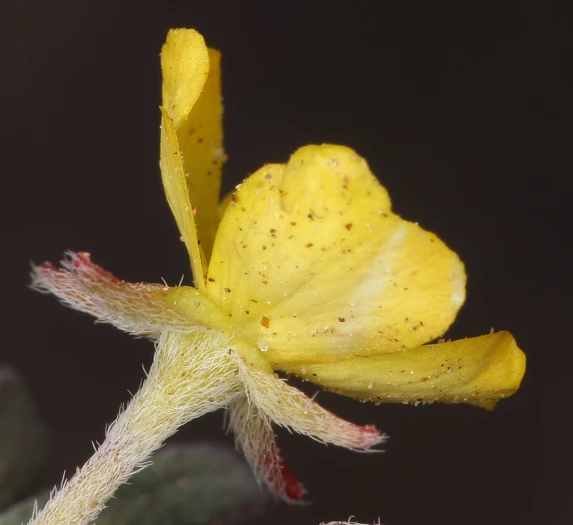Pale Evening Primrose
(Camissoniopsis pallida)
Pale Evening Primrose (Camissoniopsis pallida)
/
/

Steve Matson
CC BY 4.0
Image By:
Steve Matson
Recorded By:
Copyright:
CC BY 4.0
Copyright Notice:
Photo by: Steve Matson | License Type: CC BY 4.0 | License URL: http://creativecommons.org/licenses/by/4.0/ | Rights Holder: Steve Matson | Publisher: iNaturalist | Date Created: 2016-03-19T13:18:06-07:00 |
















Estimated Native Range
Climate Requirements for Troy, New York
| This Plant | Your Site | Plant Suitability for Your Location | ||
|---|---|---|---|---|
| • Precipitation | 4" - 27" | 38" | Aquatic | Aquatic |
| • High Temp. | 76°F - 111°F | 84°F | Your summer temperatures are normal for this plant. | Excellent |
| • Low Temp. | 26°F - 47°F | 13°F | Your winter temperatures may be too cold for this plant | Too cold |
This plant may not grow well at your location - your precipitation is too high.
Summary
Camissoniopsis pallida, commonly known as Pale Evening Primrose or Pale Yellow Suncup, is a low-growing annual herb native to the desert and scrub habitats of the Southwestern United States, particularly where Arizona, California, and Nevada converge. It thrives in arid environments, often found in sandy or gravelly soils, and is adapted to the harsh conditions of its native desert ecology. The plant typically forms a low patch, reaching only a few inches in height, with gray-green to reddish-green herbage and lance-shaped leaves that are sometimes hairy.
Pale Evening Primrose is notable for its delicate yellow flowers, which bloom from March to May and occasionally feature small red markings at the base. The flowers are borne on nodding inflorescences and are most open in the evening, hence the common name. After flowering, it produces straight to tightly coiled seed capsules. In cultivation, this plant is appreciated for its drought tolerance and ability to add a splash of color to rock gardens, xeriscapes, and naturalized areas. It requires minimal maintenance and can thrive in full sun with well-drained soils. While it is not commonly used in formal garden settings, it can be a valuable addition to native plant gardens or restoration projects. Potential problems include overwatering, which can lead to root rot, and it may be susceptible to pests such as aphids when grown in conditions that are too moist or fertile.CC BY-SA 4.0
Pale Evening Primrose is notable for its delicate yellow flowers, which bloom from March to May and occasionally feature small red markings at the base. The flowers are borne on nodding inflorescences and are most open in the evening, hence the common name. After flowering, it produces straight to tightly coiled seed capsules. In cultivation, this plant is appreciated for its drought tolerance and ability to add a splash of color to rock gardens, xeriscapes, and naturalized areas. It requires minimal maintenance and can thrive in full sun with well-drained soils. While it is not commonly used in formal garden settings, it can be a valuable addition to native plant gardens or restoration projects. Potential problems include overwatering, which can lead to root rot, and it may be susceptible to pests such as aphids when grown in conditions that are too moist or fertile.CC BY-SA 4.0
Plant Description
- Plant Type: Herb
- Height: 0.2-0.7 feet
- Width: 0.5-1 feet
- Growth Rate: Rapid
- Flower Color: White, Yellow
- Flowering Season: Spring
- Leaf Retention:
Growth Requirements
- Sun: Full Sun
- Water: Low
- Drainage: Medium, Fast
Common Uses
Butterfly Garden, Drought Tolerant, Low Maintenance
Natural Habitat
Native to desert and scrub habitats in the Southwestern United States, particularly where Arizona, California, and Nevada converge
Other Names
Common Names: Pale Suncup, White Suncup
Scientific Names: Camissoniopsis pallida, Sphaerostigma micrantha var. exfoliatum, Sphaerostigma micrantha var. jonesii
GBIF Accepted Name: Camissoniopsis pallida